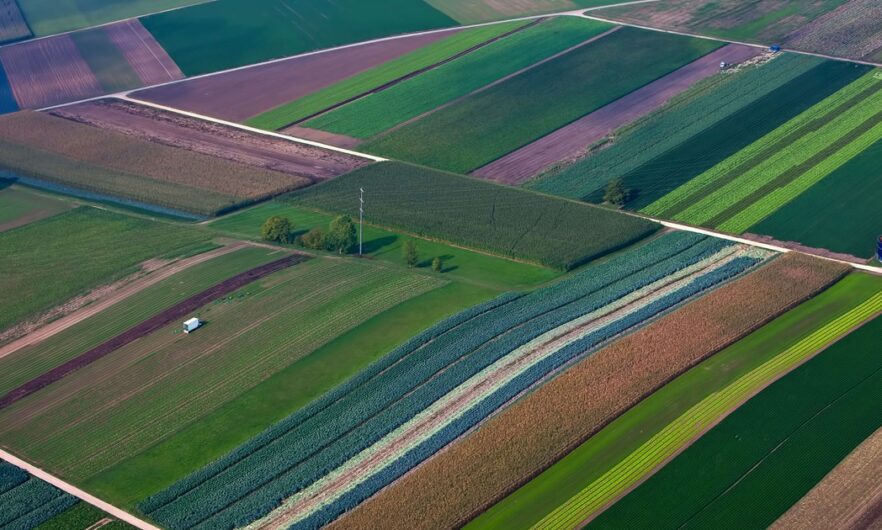Key air pollutant emissions decline across the EU, reducing ammonia is the biggest challenge
Key air pollutant emissions targeted for reductions and monitored under EU legislation continued to decline across most EU Member States according to the latest data assessment published by the European Environment Agency (EEA) today. However, reducing ammonia emissions remains a problem. In 2022, 16 Member States met their...
Rethinking agriculture
While global food chains, market competition, industrial processes and increasing productivity have turned agriculture into a profitable economic sector, it is also one of the biggest contributors to environmental and sustainability challenges in Europe and worldwide. In tandem, the COVID-19 pandemic, recent geopolitical developments in...
Financing nature as a solution
Investments that focus on restoring nature and reversing biodiversity loss can minimise risks and reduce costs to businesses, society and the economy. They can also provide benefits. These include environmental services, such as improved pollination; a reduction in climate-related risks, such as flooding or urban heatwaves; and the...
Governance — Water on the move
Water is in constant motion. Water also facilitates the movement of ships, fish and all other animals and plants living in water. The health of rivers, lakes and oceans has to take into account water’s movements across geopolitical borders. Given this, regional and international cooperation has been deeply embedded in the European...
Climate change: investing in low-carbon solutions and adaptation
Our climate is changing. We need to adapt to current and expected changes while maximizing our efforts to quickly and sharply reduce our greenhouse gas emissions. And 2015 can be a turning point for global climate policies. Europe and the world must seize the opportunity and allocate sufficient funds to end the carbon dependency of...








